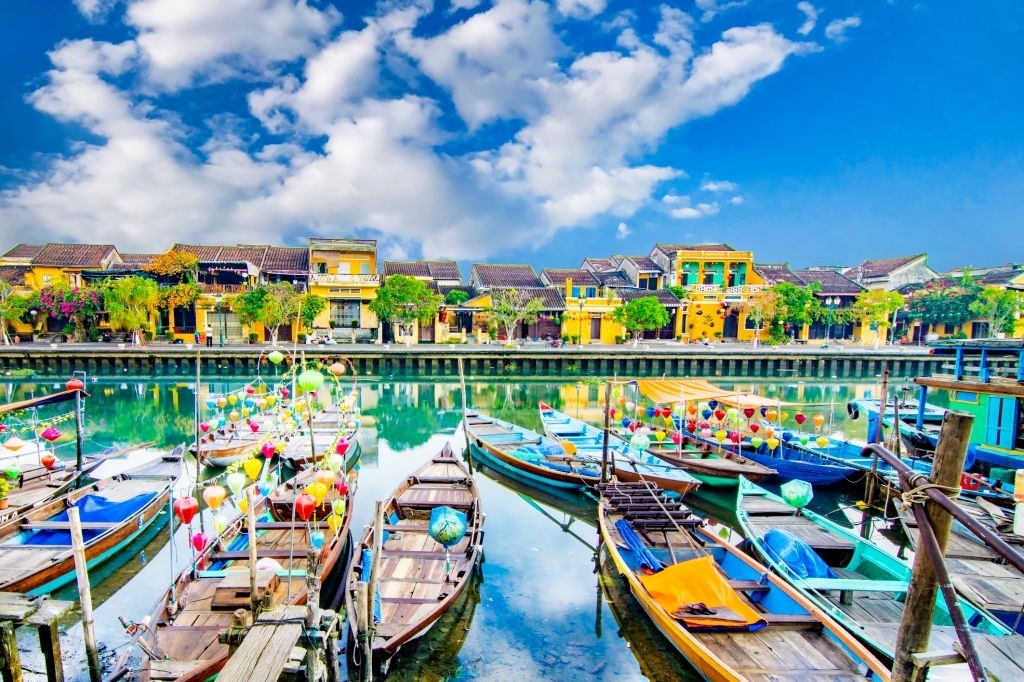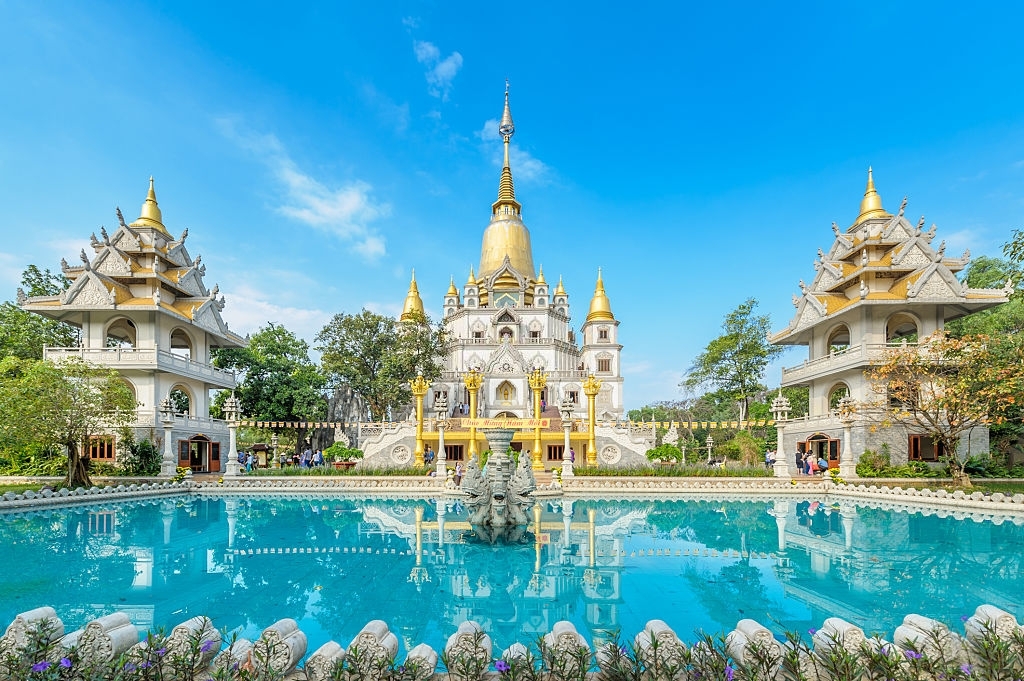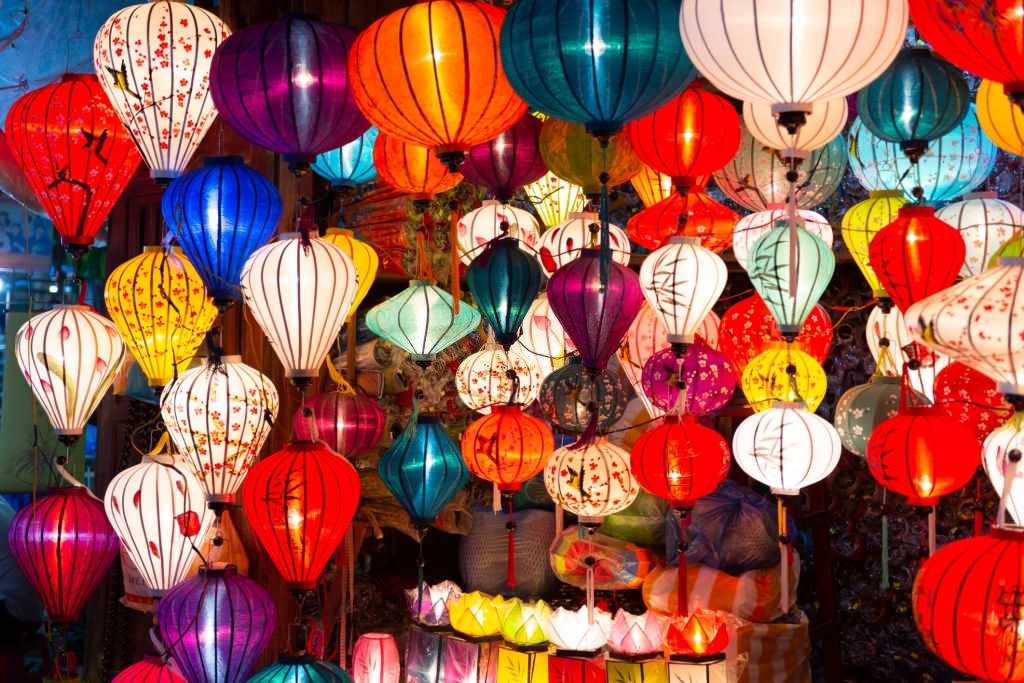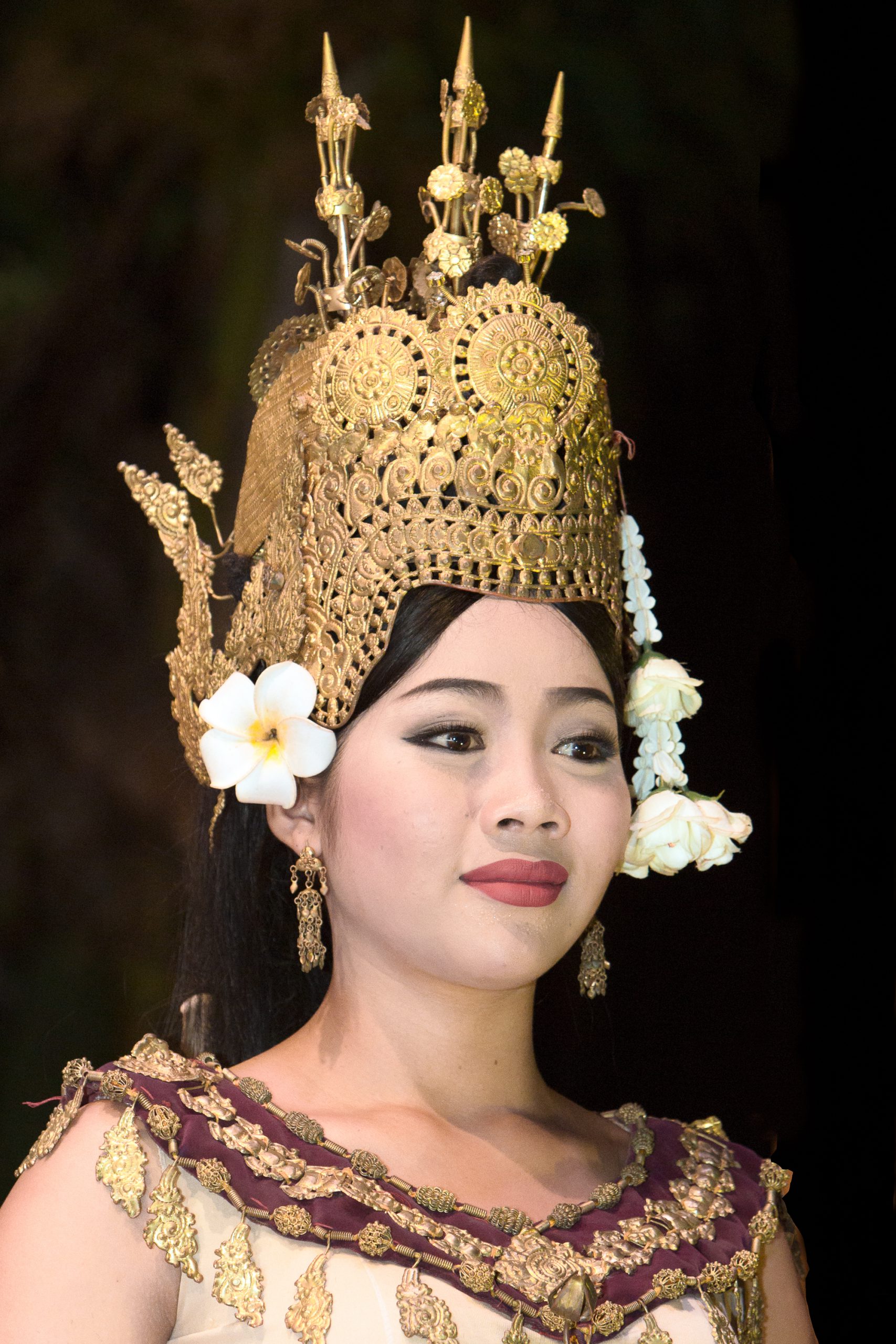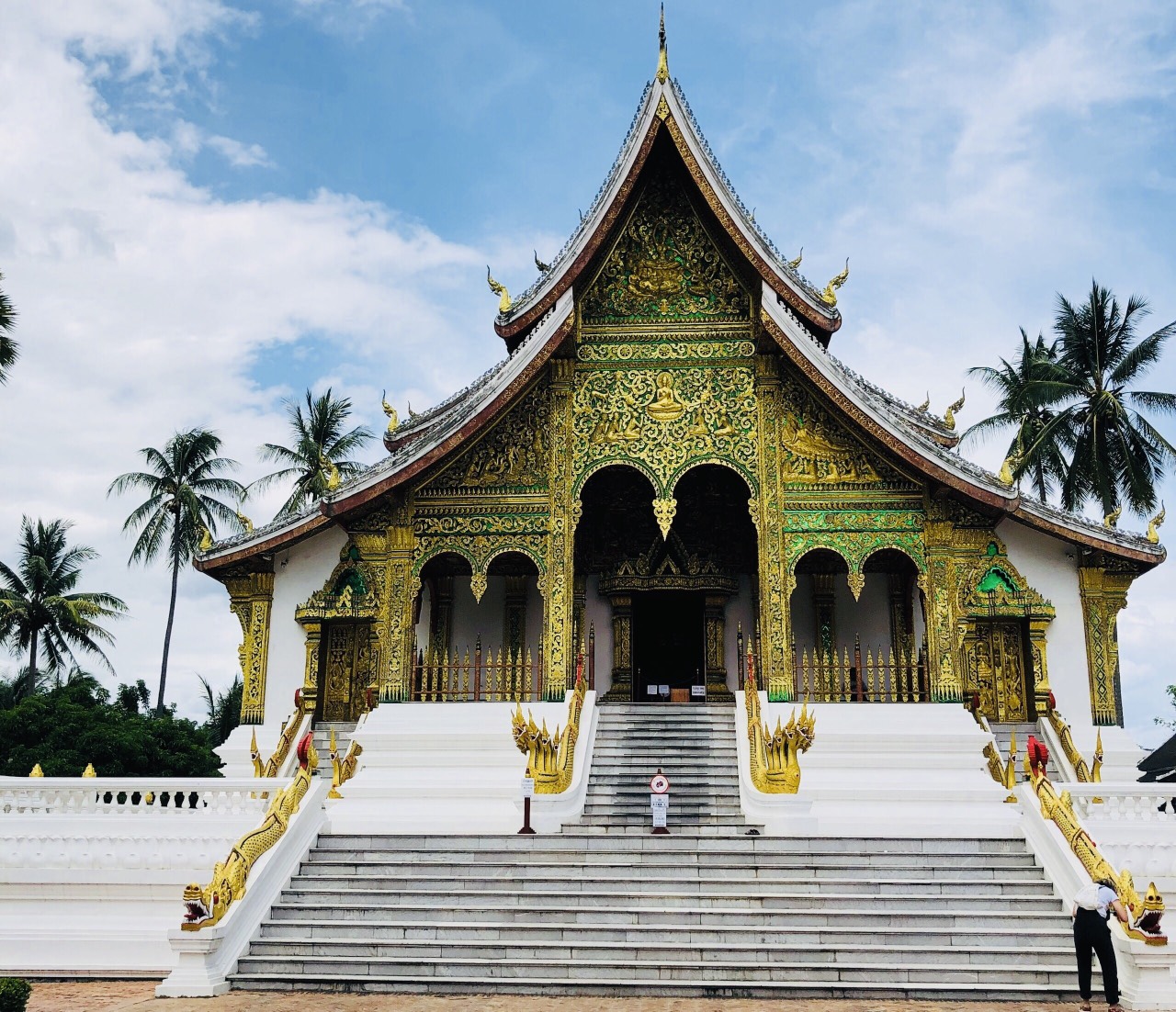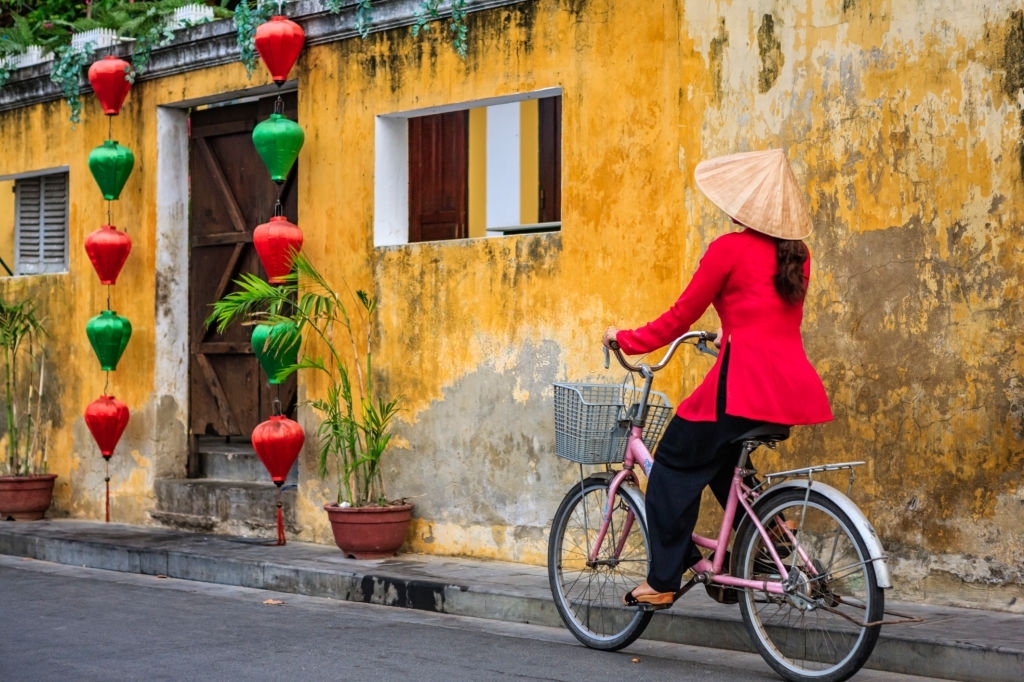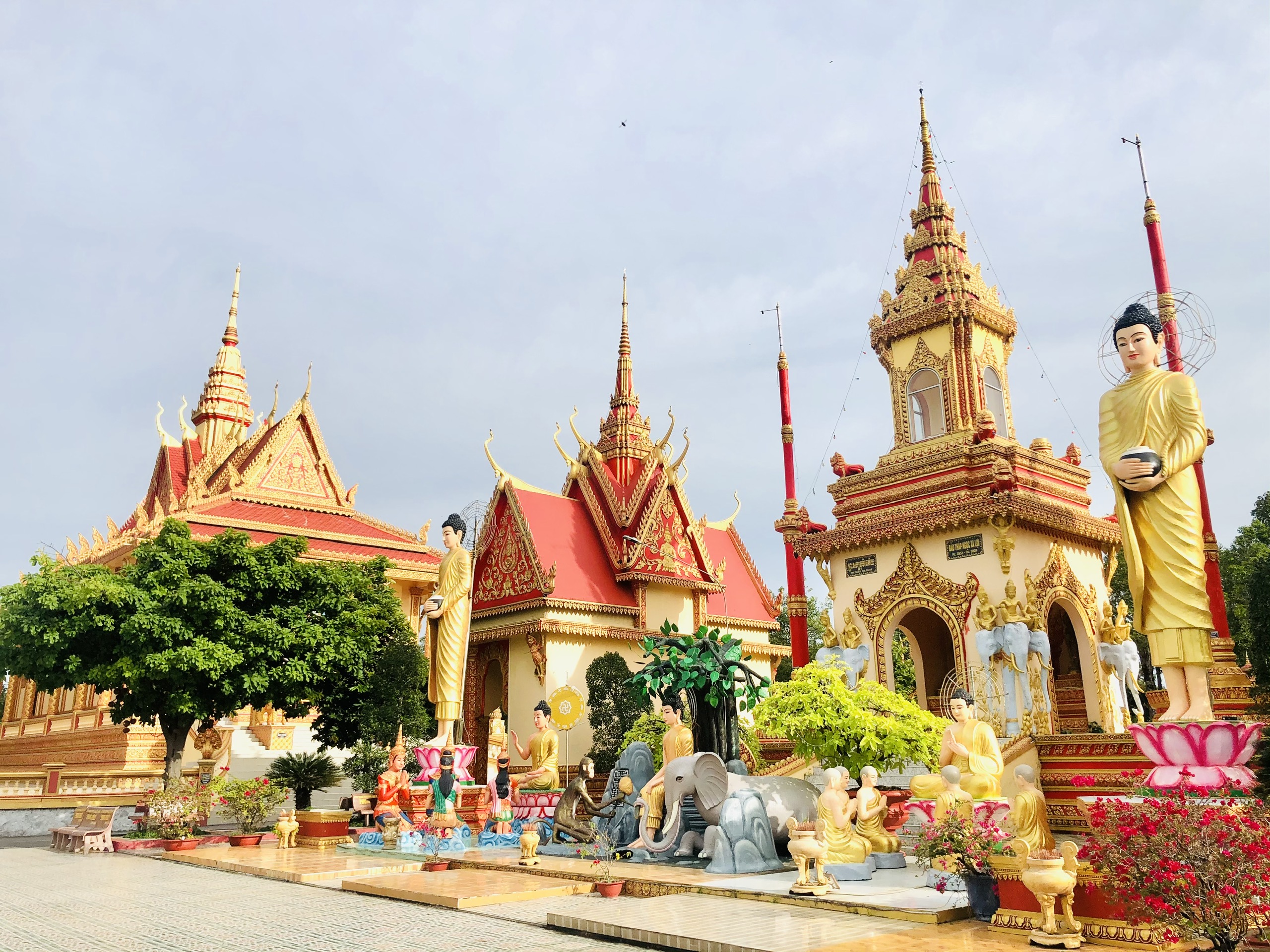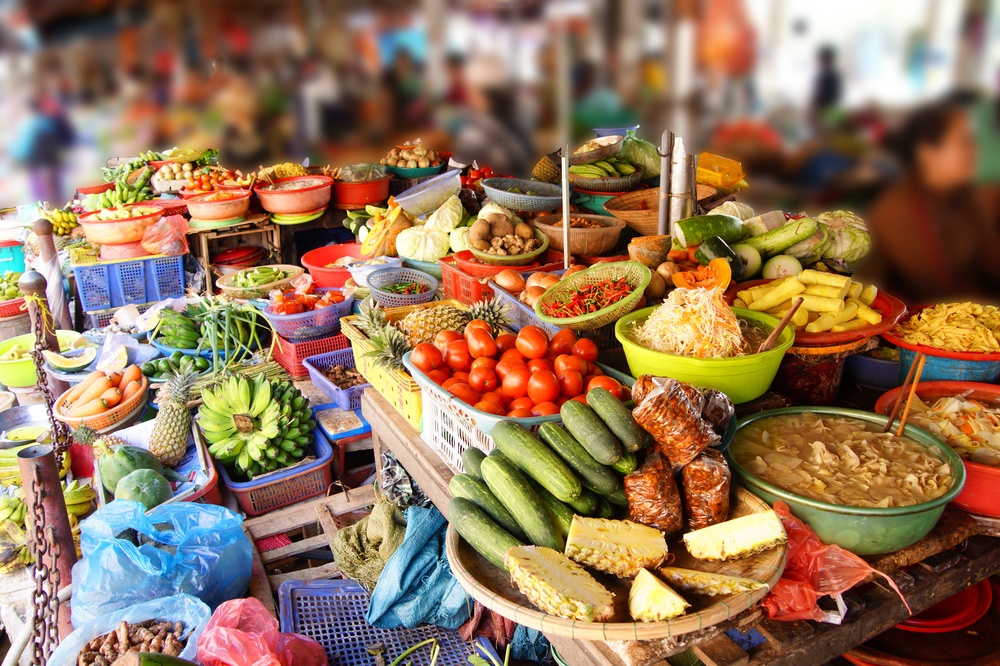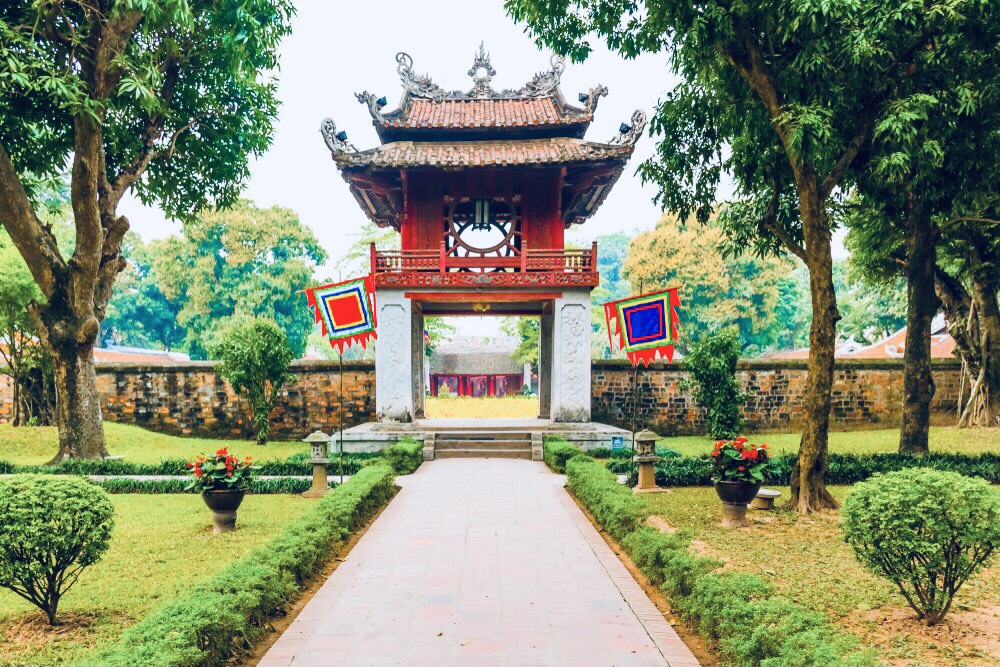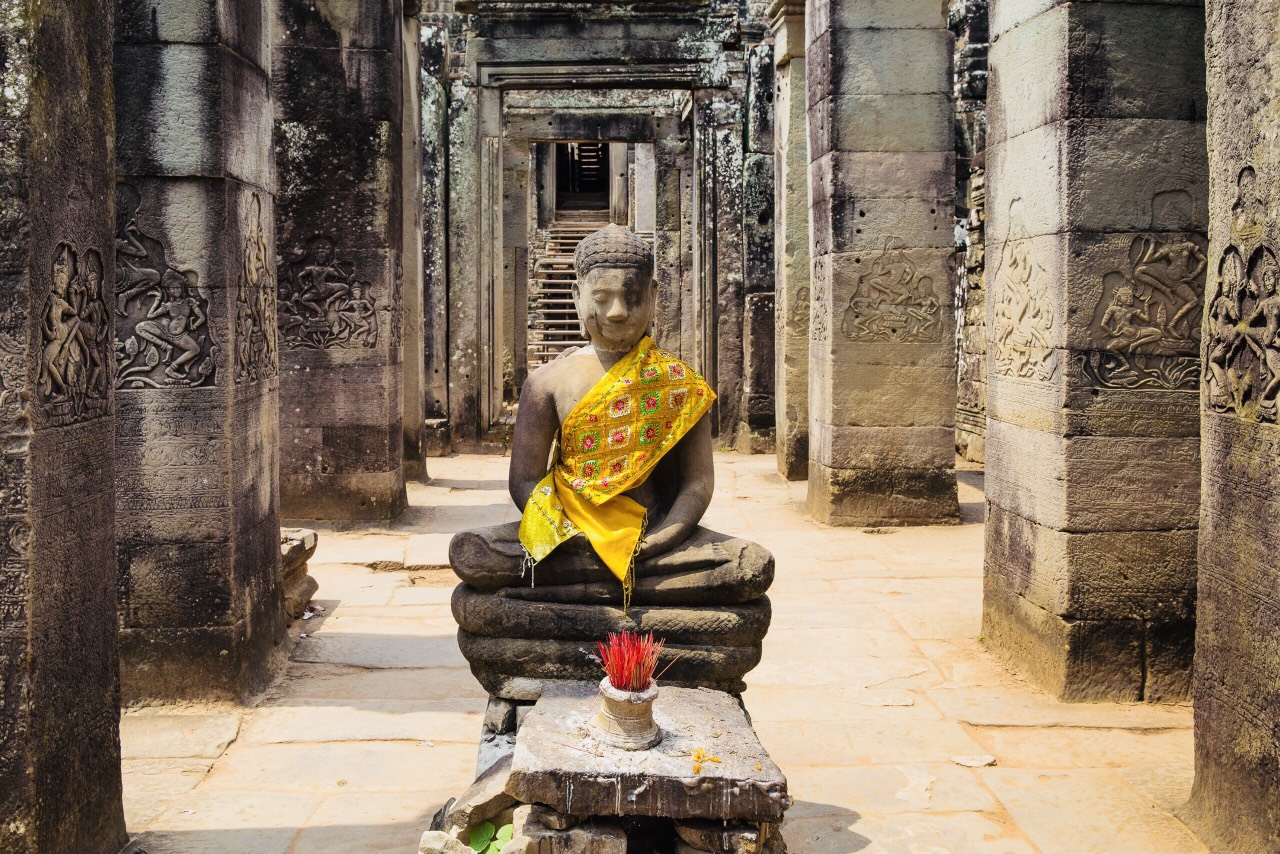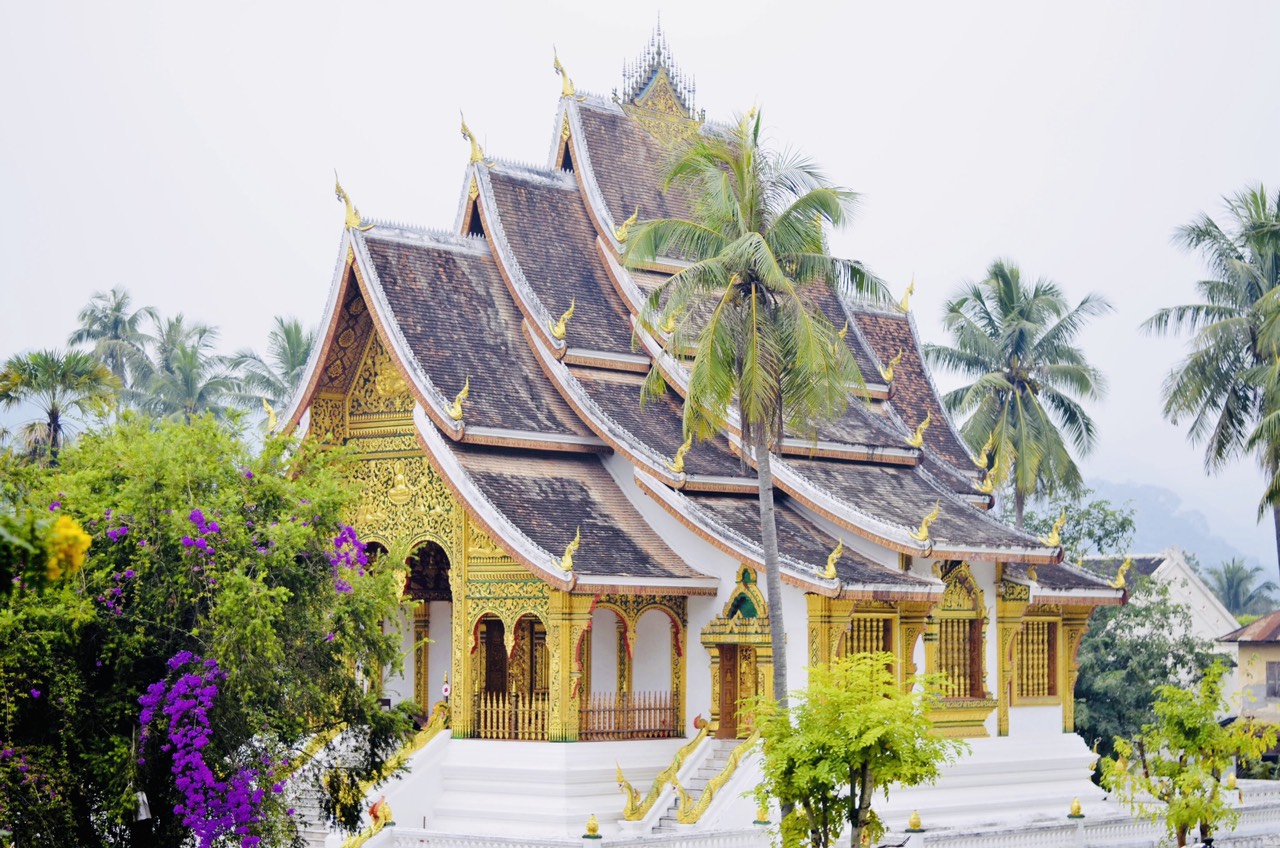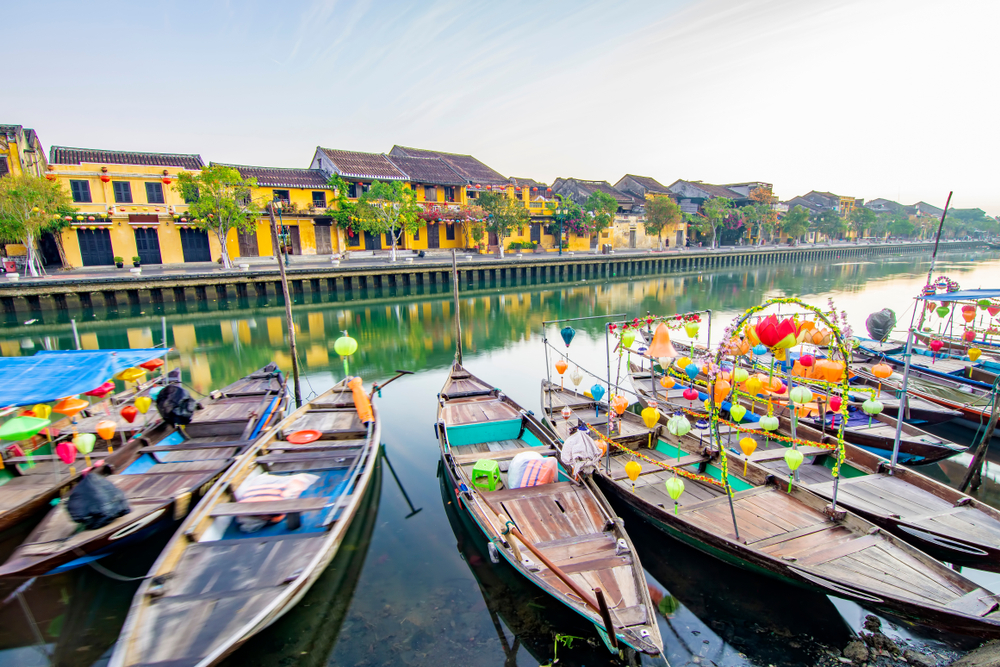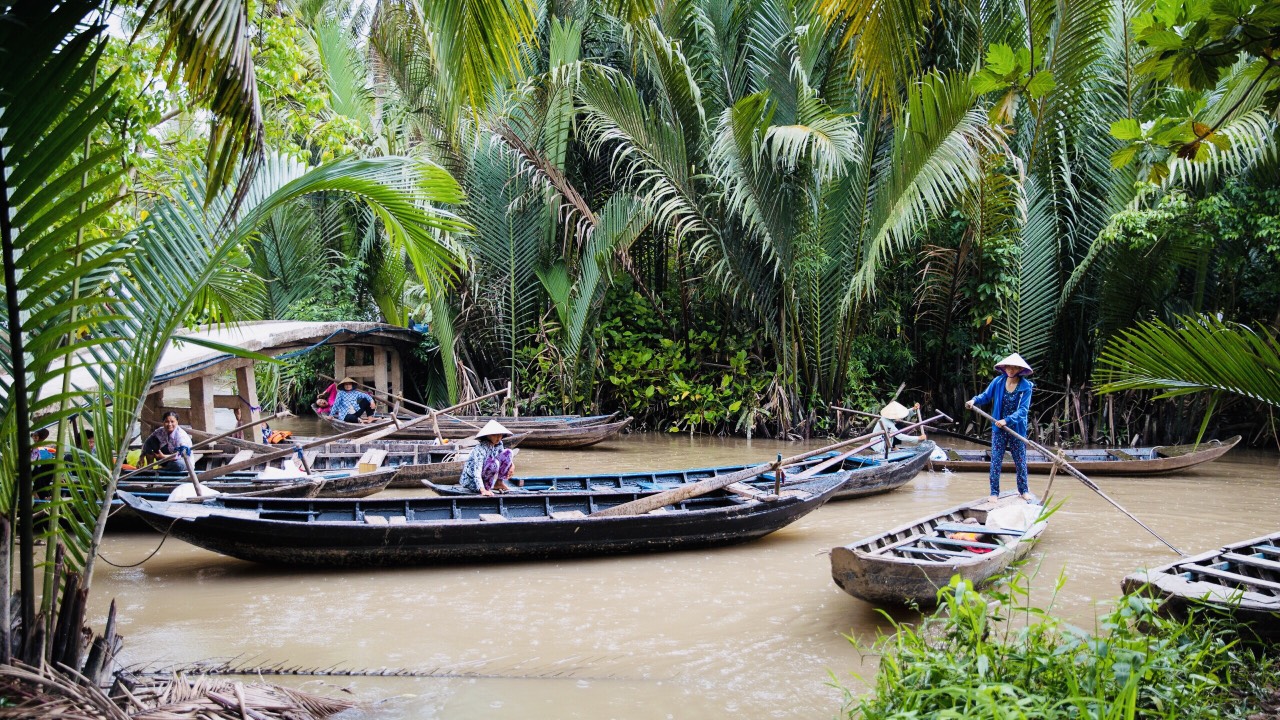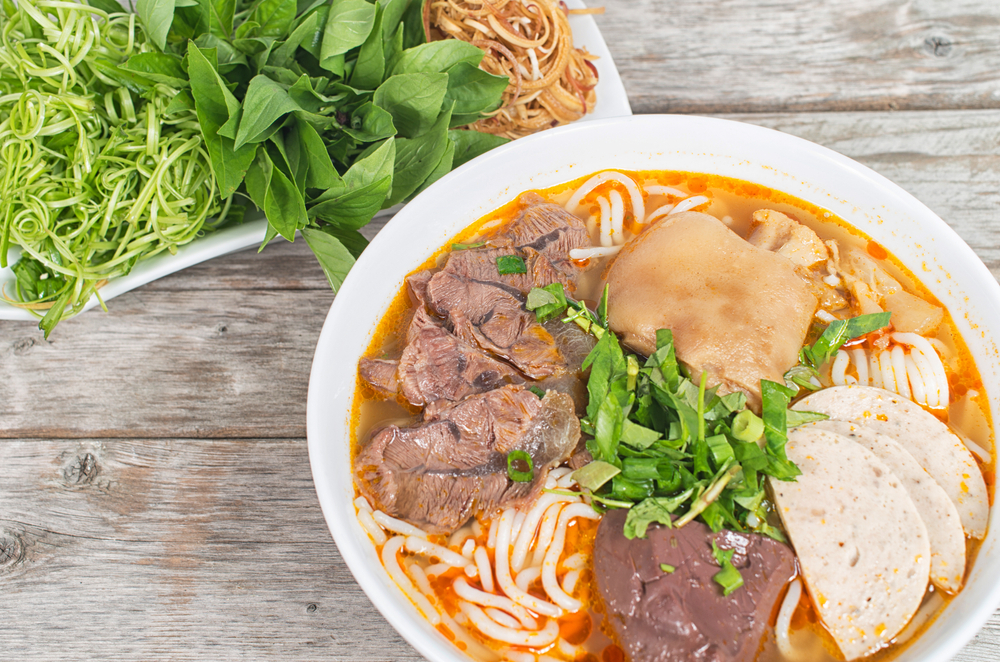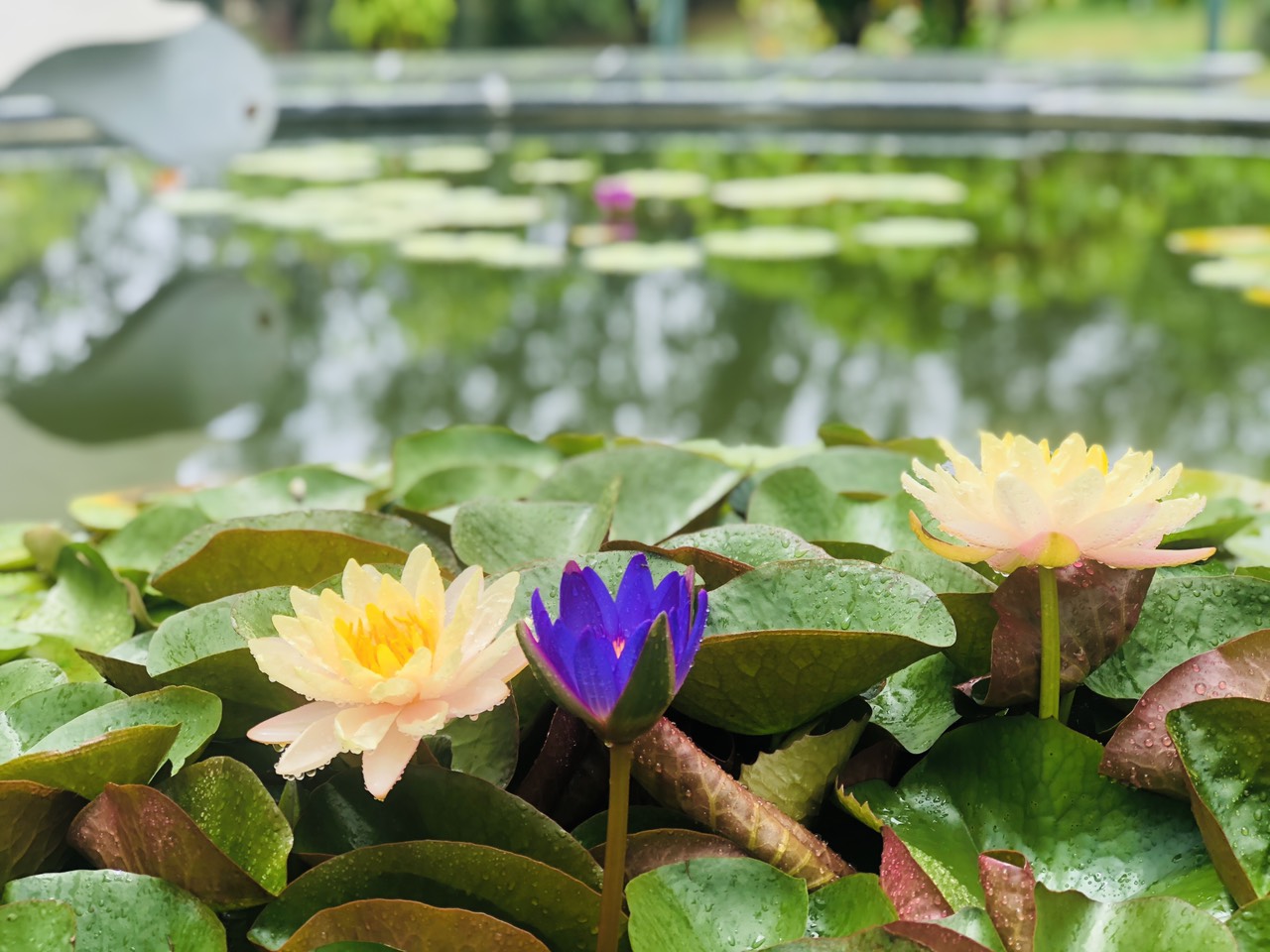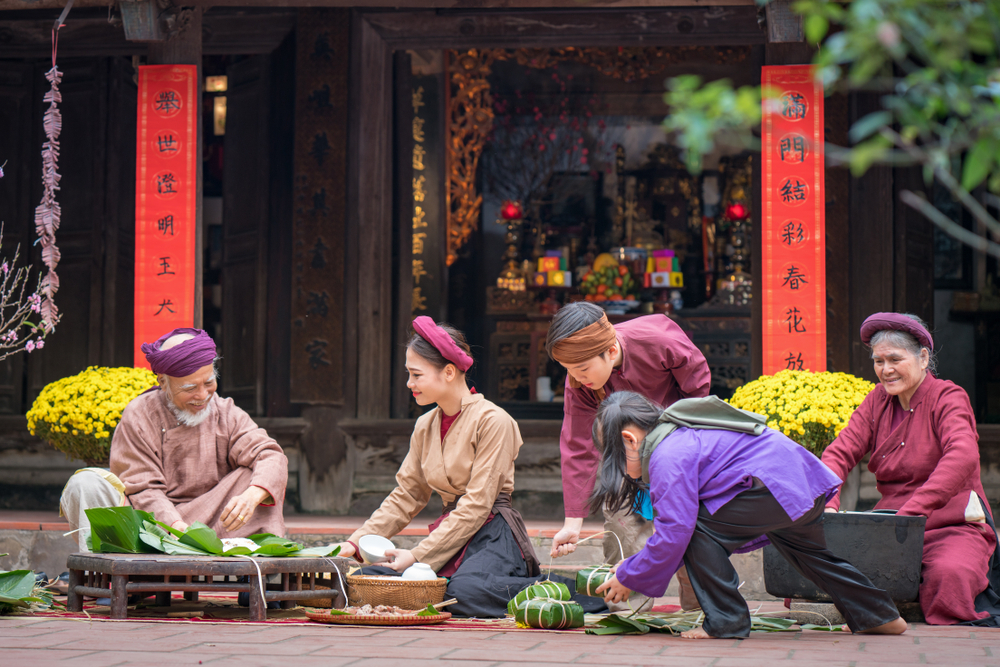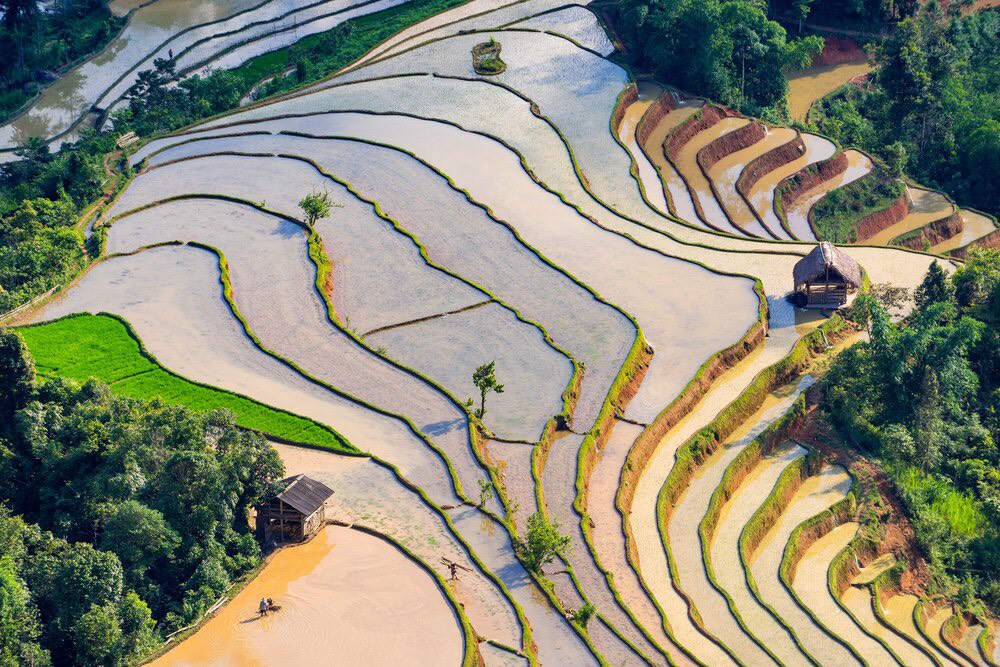
The tomb of Tu Duc – one of the most beautiful architectural works of the Nguyen dynasty
Tu Duc’s tomb is one of the most beautiful architectural works of the Nguyen dynasty. King Tu Duc (1848-1883) chose a resting place, worthy of his position, in accordance with the interests and aspirations of the most profoundly educated and romantic of the Nguyen kings. The tomb is located in a narrow valley of Duong Xuân Thuong village (now Thuong Ba village, Thuy Xuan commune, Hue city).
 With 36 years of reign, Tu Duc had the longest reign of the 13 Nguyên kings. His name is Nguyên Phuc Hông Nhâm, he is the second son of emperor Thiêu Tri. According to the law of the feudal regime, the eldest son, Hông Bao, was to be the successor of the king. Because of his weak talent and his humble origins (born of a servant), Hông Bao was deposed by his father. Hông Nhâm succeeded his father on the throne of Annam (today Vietnam). Often ill, this king of the Nguyên was also a renowned poet. Although he had 103 wives, he had no children.
With 36 years of reign, Tu Duc had the longest reign of the 13 Nguyên kings. His name is Nguyên Phuc Hông Nhâm, he is the second son of emperor Thiêu Tri. According to the law of the feudal regime, the eldest son, Hông Bao, was to be the successor of the king. Because of his weak talent and his humble origins (born of a servant), Hông Bao was deposed by his father. Hông Nhâm succeeded his father on the throne of Annam (today Vietnam). Often ill, this king of the Nguyên was also a renowned poet. Although he had 103 wives, he had no children.

Tu Duc gave the order to build this mausoleum as his second royal palace and his tomb for his afterlife. It is one of the most beautiful buildings of the Nguyen dynasty.
At the beginning, Tu Duc named this construction Van Nien Co “Ten Thousand Years”. But after the revolt of Chay Vôi – “lime worker” led by two brothers Doan Huu Trung, the king changed its name to Khiem Cung, after the death of the king, called Khiêm Lang “Tomb of Modesty”.

The mausoleum is composed of 2 main parts, arranged on two parallel axes: the outer part on Mount Giang Khiêm, the inner part on Mount Duong Xuan and Lake Luu Khiem.
Tu Duc’s tomb looks like a big park with trees, streams, pine trees… In this tomb, the rules of harmony of lines are respected. Instead of rectilinear and angular building sites as for other architectures, this tomb includes paths paved with Bat Trang bricks that start from the Vu Khiêm gate passing by Khiem Cung and winding in front of his tomb then suddenly hidden behind the big frangipani trees near the tomb of Queen Le Thien Anh.

Creativity in harmony with nature form a poetic and beautiful landscape. In the charm of the clouds, the waters, the perfumes of the flowers, one forgets that it is the tomb of a king, to imagine more being in a paradise of trees, poems and dreams…
Nearly 50 buildings in the two sectors, burial and tomb, all have a common term Khiem (modesty).

From the Vu Khiêm gate, visitors can see the Chi Khiêm House of Worship on the left. It is the house of worship of Tu Duc’s wives.
On the right, in the middle of the Luu Kiem lake planted with lotus flowers, Tinh Kiem Island is a place where flowers were planted and rare animals were raised. The pavilions of Xung Khiêm and Du Khiêm where the emperor looked at flowers, wrote poems, read books… are also located next to the lake.

Khiem Cung Môn – a two-story building that looks like a first world with Luu Khiem Lake in front, is reserved for the ruler’s rest during visits. In the middle, Hoa Khiem Palace, was the working place of the emperor during his lifetime, currently this palace is used as a place of worship for the sovereign and his wife. On the left and on the right they are Phap Khiem Vu and Le Khiem Vu reserved for the accompanied mandarins. Behind the palace of Hoa Khiem, the Luong Khiem palace, formerly reserved for the rest of the sovereign became a place of worship for Mrs. Tu Du, queen-mother of Tu Duc, on the right of the Luong Khiem palace, the On Khiem Duong palace – place of deposit for the materials of the court, on the left of the Luong Khiem palace, we find the oldest royal theater of Vietnam.
 Behind the Bái pavilion, two rows of statues of rigid mandarins, Bi Dinh, the pavilion of the 20-ton stone funerary stele on which the text of the 4,935-letter biography written by the emperor himself gives information on his life, his career, his kingship, his misfortune and his illnesses, but also his merits and his faults.
Behind the Bái pavilion, two rows of statues of rigid mandarins, Bi Dinh, the pavilion of the 20-ton stone funerary stele on which the text of the 4,935-letter biography written by the emperor himself gives information on his life, his career, his kingship, his misfortune and his illnesses, but also his merits and his faults.





